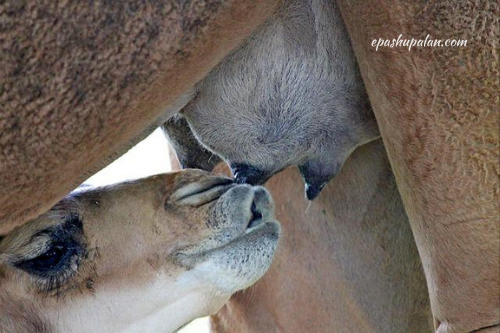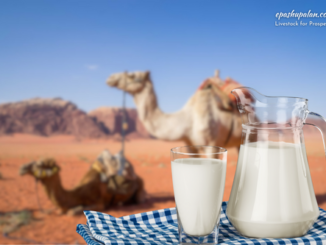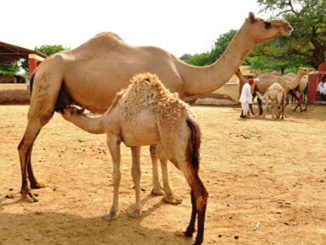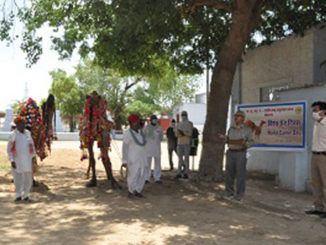Medicinal properties of camel milk
Camels are the most important species of animals in Rajasthan, India. They are multipurpose animals as they produce milk, meat, hide and also used for other purposes like transportation, entertainment, celebration, competition and beauty shows.
As per 20th livestock census, total camel population in India was 0.25 million during 2019, which has decreased by 37.1% in comparison to previous census.
Rajasthan has near about 0.213 million camels and stands first with 85.20% of total camel population in India.
Camel milk is known as “White gold of desert” because they produce milk even during dry season and drought period of year when milk from other sources like cattle and goat is scare.

Camel milk has many properties that make it different from other animal milk i.e.
- Easily digestible.
- Low cholesterol.
- Low sugar.
- High minerals (sodium, potassium, copper, zinc & magnesium).
- High unsaturated fatty acids.
- High vitamin C (3 times higher than cow milk).
- High vitamin B.
- Iron (10 times higher than cow milk).
- Higher protein like lactoferrin, lactoperoxidase, immunoglobulins and lysozyme.
- Immunological properties.
- It lacks beta-lactoglobulin that makes it useful for lactose individual intolerance.
Camel milk treats various diseases
It is unique in terms of:
- Antioxidative factors.
- Anti-bacterial.
- Anti-viral.
- Anti-fungal
- Anti-hepatitis.
- Anti-arthritis.
- Anti-ulcerogenic.
- Anti-allergic.
- Anti-diarrheal.
- Anti-carcinogenic.
- Anti-diabetic.
Camel milk helps in curing:
- Spleen ailments.
- Diabetes (0.5 liters consumption of camel milk/day reduces insulin demands in diabetic patient.
- Autism spectrum disorder.
- Crohn’s disease.
- Skin disease treatment.






Be the first to comment